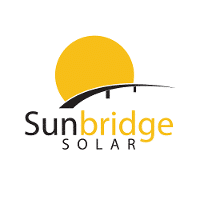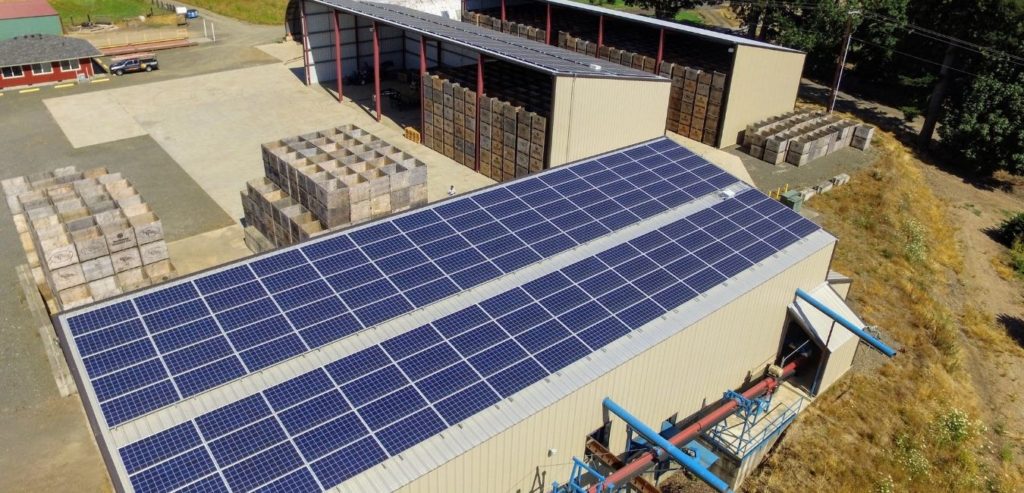What is the USDA REAP Grant?
The Rural Energy for America Program, or better known as the USDA REAP Grant, provides grant funding and guaranteed loan financing to rural small businesses and agricultural producers across the United States, to be used for implementing renewable energy systems or making improvements to overall energy efficiency.
The goal of this program is to increase energy independence in the United States by generating a higher supply of clean energy in the private sector while simultaneously decreasing energy needs. Their hope is that over time, these efforts may reduce energy costs overall for agricultural producers and rural small businesses.
USDA Eligibility Map for REAP Grants
For both groups, in order to be considered, the USDA REAP Grant applicants must:
- Be financially solvent
- Not be delinquent or have outstanding federal taxes
- Be the owner of the business
- Have no judgment, or debarment in order to be considered.
Location Requirements
Agricultural producers may be in either rural or non-rural locations, while small businesses must be located in rural development areas, defined as an area not a city or town with 50,000 or more inhabitants as well as the urbanized areas surrounding the city or town.
You can use the USDA Eligibility Map to check your business address online to see if you are eligible.
USDA Solar Grants & More
Both loan and grant funds can be used only for specific types of projects, such as solar panel systems, wind power generation, energy-efficiency improvements, and more. A complete list can be found below, however, because we are a solar provide we are only able to help you with obtaining USDA grants for solar and not any other technology.
Renewable Energy Systems:
- Biomass – including biodiesel, ethanol, anaerobic digesters, solid fuels, etc.
- Geothermal – for the generation of electricity or for direct use
- Hydropower – less than 30 megawatts
- Hydrogen
- Wind power generation
- Solar energy generation
- Ocean power generation – tidal, current, or thermal
Energy Efficiency Improvements:
- Installing high-efficiency HVAC systems
- Insulation improvements
- Lighting improvements
- Cooling or refrigeration units or improvement of existing units
- Door and window insulation improvements
- Installation of electric, solar, or gravity pumps for sprinkler pivots
- Transitioning from diesel irrigation motors to electric motors
- Replacing other qualifying inefficient equipment
The funding available includes loan guarantees on loans that cover up to 75% of the total eligible project costs, grants for up to 25% of the total eligible project costs, and combined grant and loan guarantees of up to 75% of the total eligible project costs.
Grant Terms
- $1,500 minimum and $250,000 maximum
- Projects costing more than $200,000 must have a technical report completed before beginning
- Energy efficiency improvement projects require either an energy audit or assessment before the project begins.
- Applicants are required to provide at least 75% of the cost if they are applying for a grant, or 25% of the project cost if they are applying for a loan or a loan/grant combination.
Loan Terms
- $5,000 minimum and $25 million maximum loan amount
- Up to 85% loan guarantee
- 30 years maximum term for real estate, or combined real estate/equipment loans
- 15 years maximum term for equipment and machinery loans
- 7 years maximum term for capital loans
May USDA REAP Grants Be Combined With Solar Incentives?
Yes. The USDA REAP Grant may be combined with local, state, and federal solar incentives and energy tax credits.
As mentioned above, you may be asked to provide a funding commitment statement from any other sources of funding therefore prearrange other solar incentives if possible. We have created exhaustive lists of currently available commercial solar incentives for both Washington and Oregon.
How To Get Started: Deadlines & Applications
Applications for grants, loans, and a combination of grants and loans are due by March 31, 2024. Submit applications to your state office. Miss the deadline? Contact us and we’ll remind you when application open for next year.
In order to submit an application, you must be registered with the System for Award Management and have a Data Universal Number System number. Both of these are free, but they can take time, so be sure to take these steps well in advance of when you want to submit your REAP loan or grant application. If you have already done so in the past, there is no need to perform this step again.
Once you have registered with both of those entities, you will just need to follow the application instructions, which can be found on the REAP web page.
Tips For Applying For REAP Grants And Loans
There are three tiers to the REAP program based on the scope of your project, so your application will only be competing against other applicants in your tier.
Where Do You Fit? Tier 1, 2, Or 3?
- Tier 1: includes projects that will cost no more than $80,000,
- Tier 2: includes projects that will cost between $80,000 and $200,000, and
- Tier 3: for projects that will cost more than $200,000.
Be sure to fill out the appropriate application for your project size. There is a permanent funding baseline of $50 million per year, so your chances of receiving funding are good. In 2019, the project also received $330,000 in discretionary funding to be disbursed as loans.
Preparation Is Key
Contact your state’s energy coordinator early in the process, and be sure that you have registered with the System for Award Management and have a Data Universal Number System number well in advance of the deadline.
You may also be asked to provide a copy of your bank statement or a funding commitment from any other funding sources, a copy of a power purchase or interconnection agreement if your project involves interconnection with a utility company, and/or a document indicating any known relationship or association with USDA employees. Gathering the mentioned documents in advance will help your chances of securing the USDA Grant.
Energy Audit And Environmental Review
The energy coordinator will need to perform an environmental review at the project site before you can begin your application. He or she can also be an excellent resource in terms of helping you determine your eligibility and assisting you with your application.
Introduce Yourself To Local USDA Grant Staff
Each of the state offices is allowed to allocate some of the REAP funds directly, so it’s always a good idea to introduce yourself to the energy coordinator and maintain a good working relationship with them.
Have More Questions?
Let the experts at Sunbridge Solar help you with the REAP Grant for solar. Give us a call at 360-313-7190 to sign-up for a free quote to get started.

